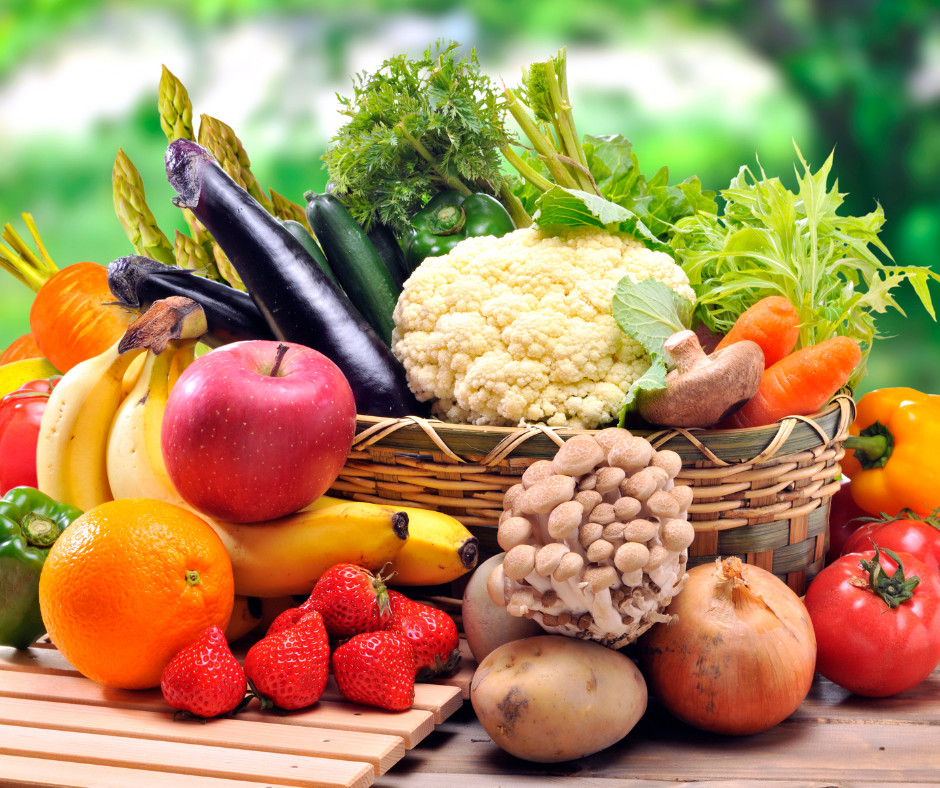
The colors of fruits and vegetables are indicators of the phytonutrients they contain. Your body will function optimally if you consume a variety of fruits and vegetables. Focusing on the fruits and vegetables that are in season will help you get a good variety of plant based vitamins, minerals, and phytonutrients. Here are some of the important benefits of different colorful fruits and vegetables.
Green
You probably consume more green vegetables than any other color. They are rich in calcium and vitamin K, which you need for healthy bone and blood health. Some green vegetables have been shown to improve mood and immune function. Eating lots of servings of leafy greens daily has been shown to improve brain health. If eating lots of green fruits and vegetables isn't your thing, consider adding them to a smoothy or taking a high quality supplement. Some greens you can add for variety are kiwi, edamame, collard greens, romaine lettuce, swiss chard, and green cabbage.
Red
You are probably familiar with many red fruits and vegetables. Tomatoes and apples are two of the most common. Red fruits and vegetables contain lycopene which is a powerful antioxident that may help protect your cells against damage. Many of the red fruits and vegetables can be bought fresh during the summer gtowing months. It's always best to eat them in season, and locally grown, if possible. Think watermelon, tomatoes, apples, red berries, pomegranites, and red peppers. Craberries are ready for harvest in the fall and can be prepared in a variety of ways.
Yellow and Orange
Vitamin C and beta-carotene are the most well known nutrients in yellow and orange fuits and vegetables. Lutein and zeaxanthin are two other nutrients in yellow and orange plant based foods. They have been studied for their ability to protect your eye health. Carrots, oranges, banan, and corn are probably the most widely consumed orange and yellow vegetables and fruits. Some others to add to your diet include mango, papaya, orange winter squash, sweet potato, and pineapple.
Brown and White
One of the most popular products right now are drinks and supplements that are based on mushrooms. That is because they have been studied for their many health benefits. Other common white and brown vegetables are onion, garlic, cauliflower, and potatoes. You might want to add daikon radish, jicama, and parsnips, to your diet for variety.
Blue and Purple
Blue and purple fruits and vegetables are rich in resveratrol and anthocyanins. That is one reason why there are people who advocate for a bit of red wine. Blueberries, especially wild, are considered one of the healthiest fruits you can eat. Red cabbage is a vegetable that is inexpesive and loaded with antioxidants. Some other blue and purple foods to add include prunes, plums, figs, blackberries, and purple cauliflower.
Did this help you? If so, I'd greatly appreciate it if you commented and/or share it on social media.

Email: sharonledwards@hotmail.com
Facebook: https://www.facebook.com/sharonledwardsbiz/



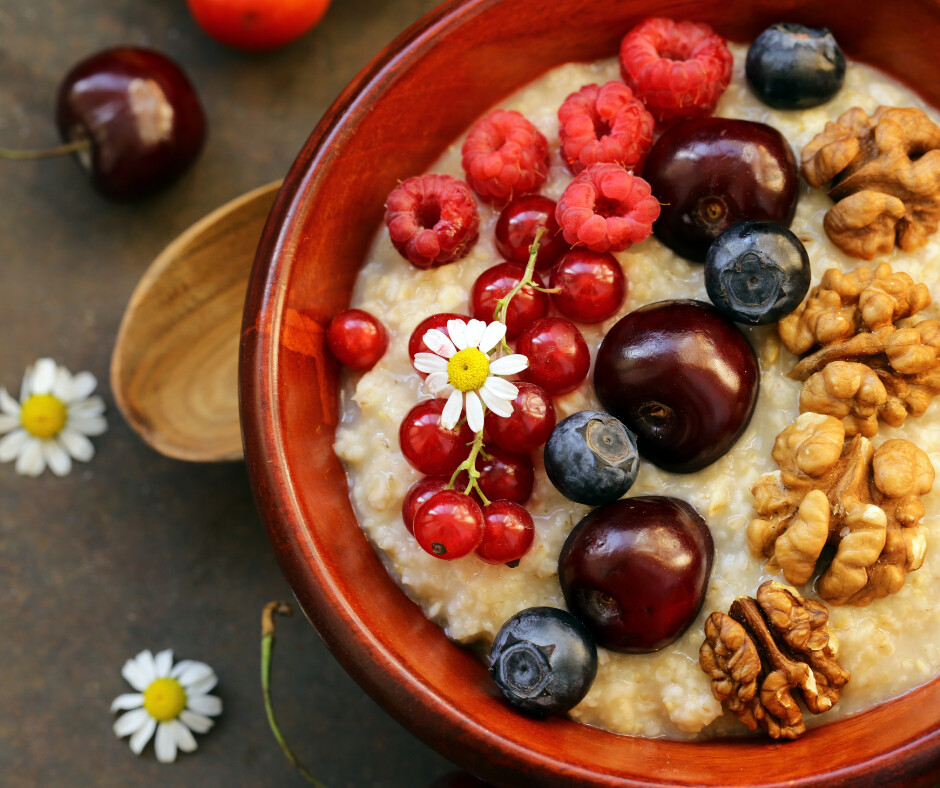


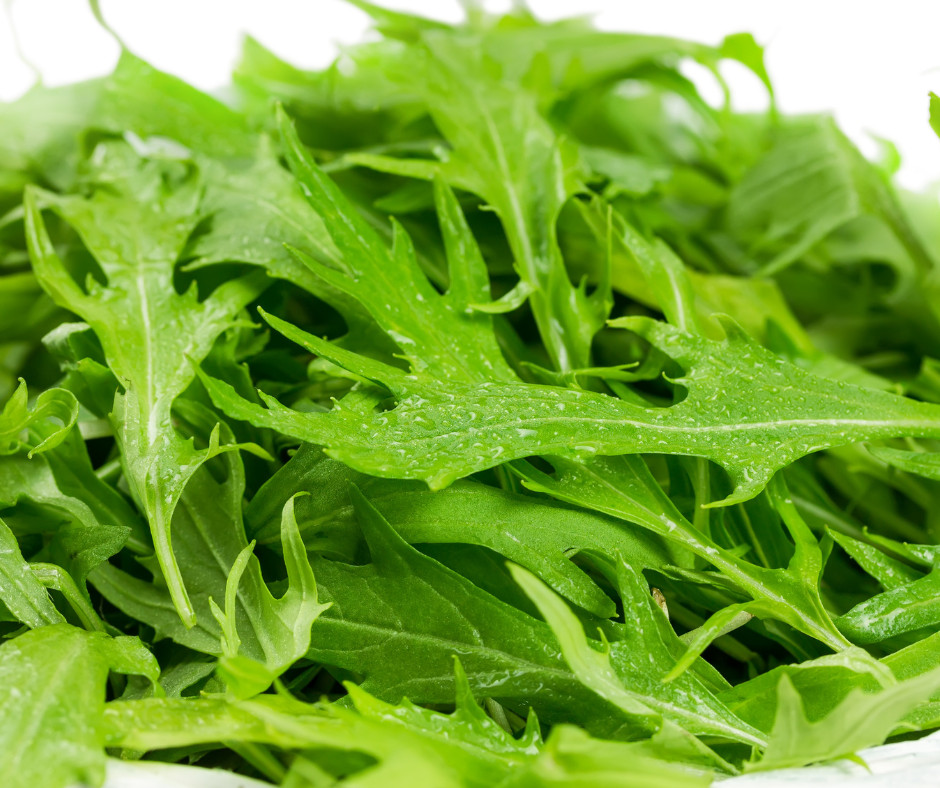

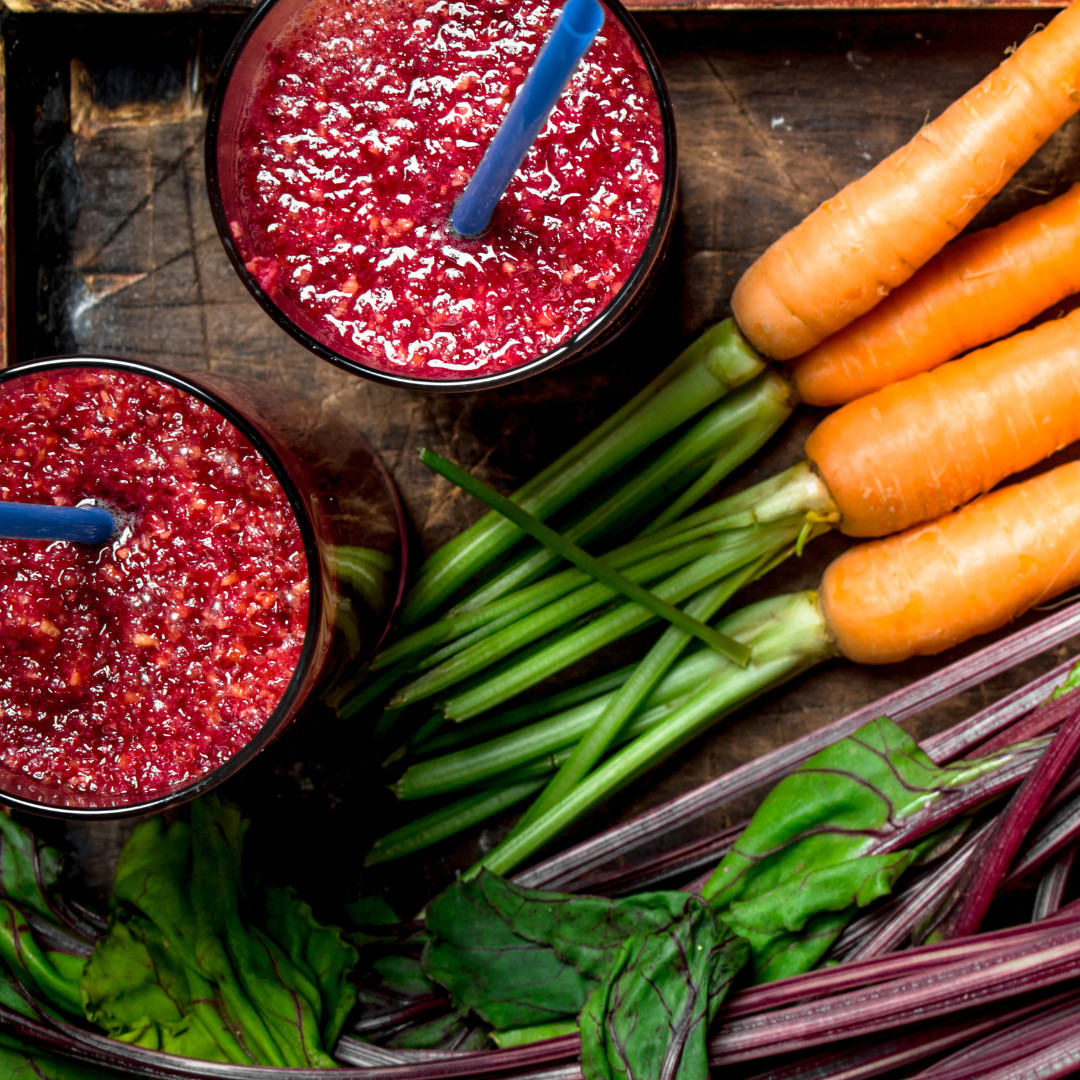
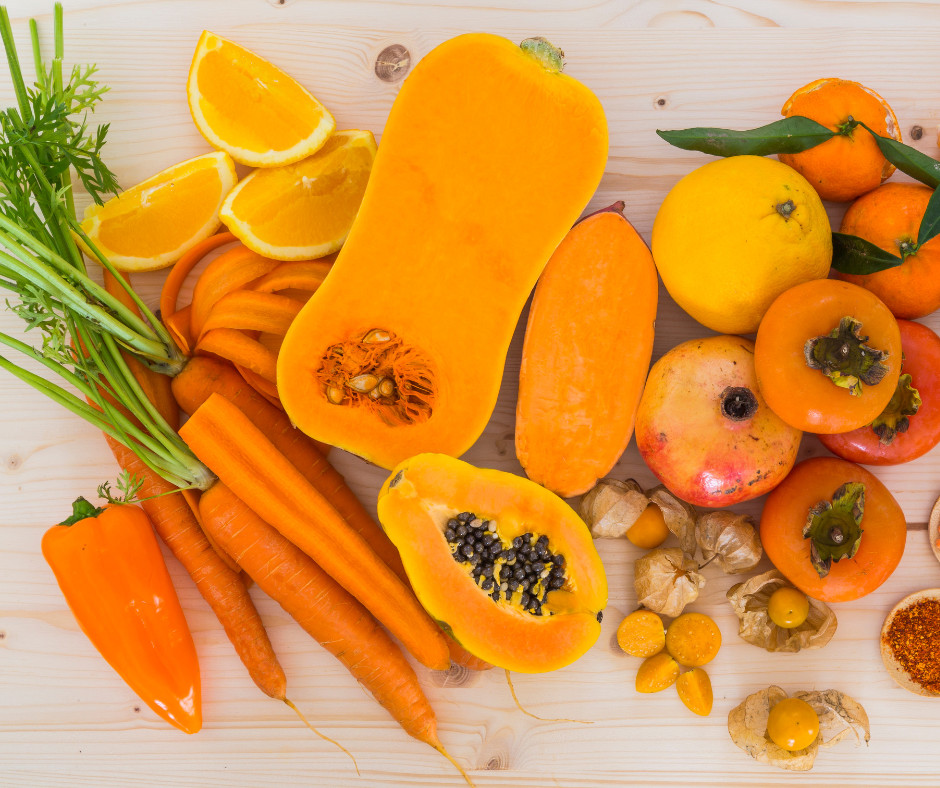

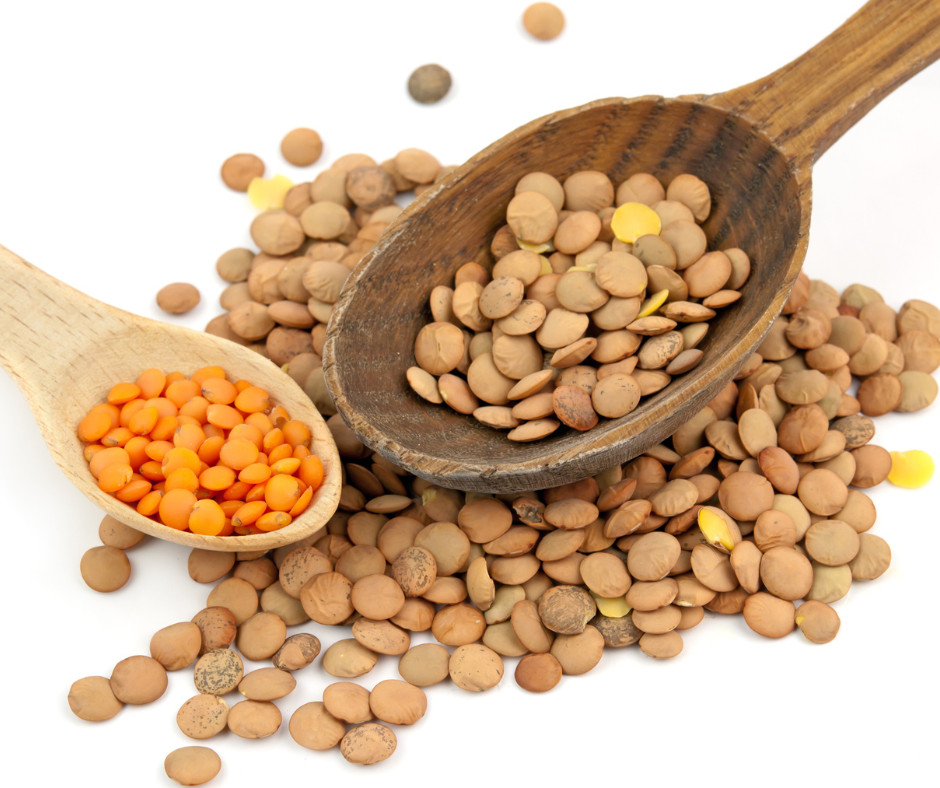
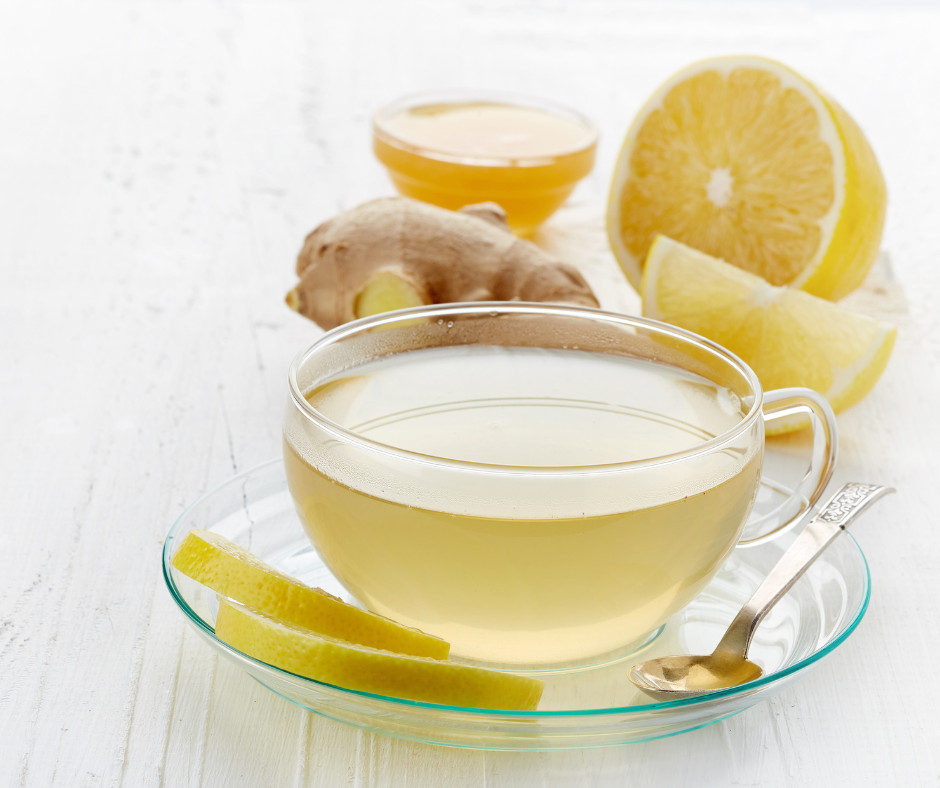
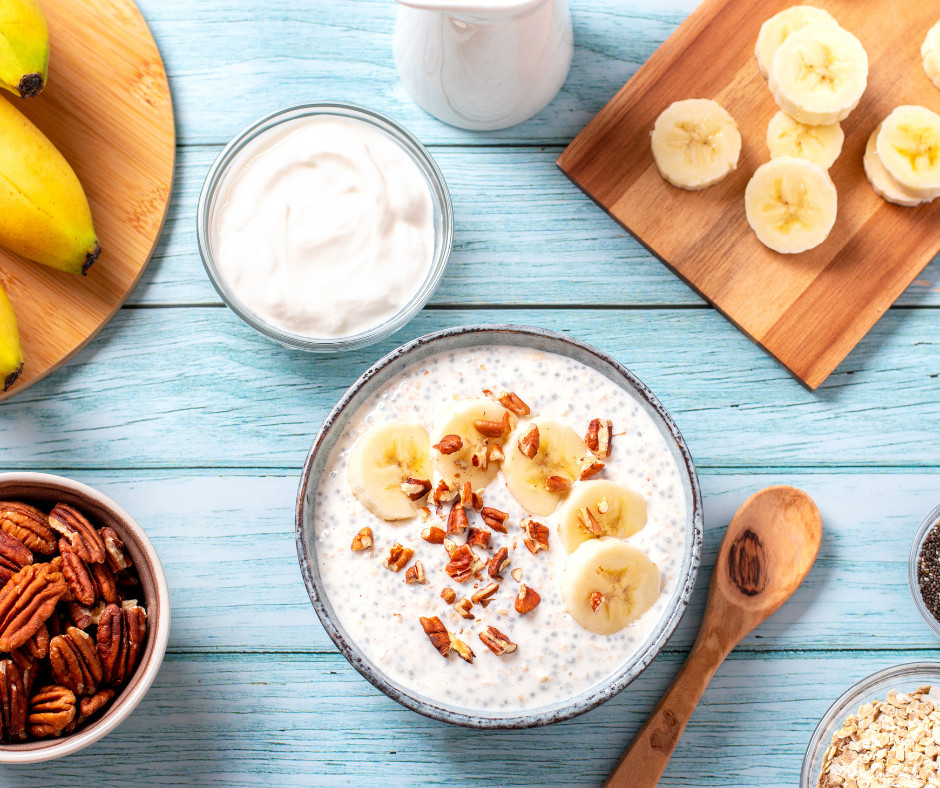




0 Comments